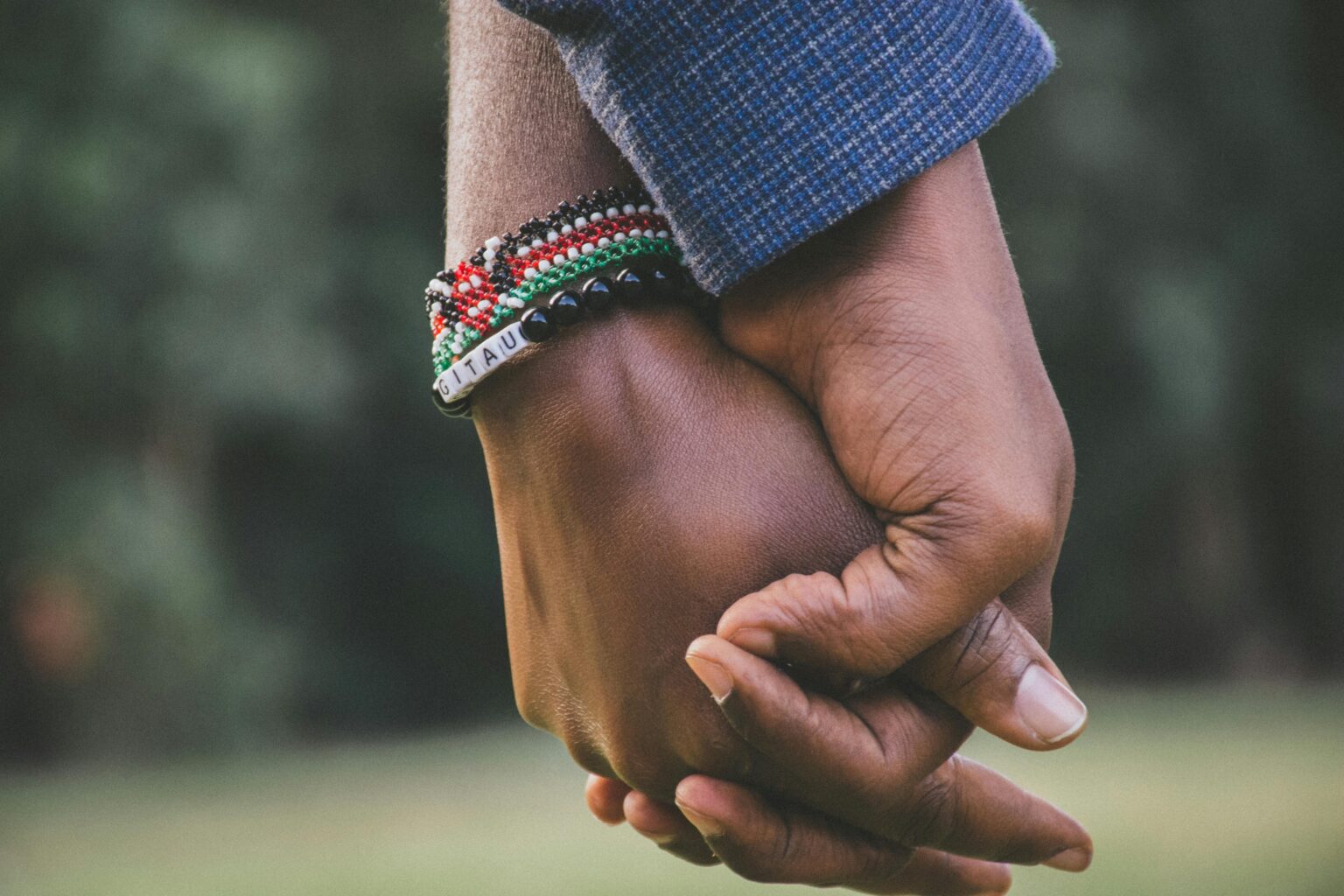Hey, love warriors
Navigating the modern dating world can be a complex and sometimes confusing experience. With various terms floating around, it can be challenging to define what you and your significant other have.
Two of the most commonly discussed terms today are “situationship” and “relationship.” But how do you know which one you’re in? Let’s break it down.
What’s a Situationship?
A situationship is basically a casual, undefined relationship. You see each other regularly, there might be intimacy, but there’s no commitment or exclusivity. Think of it as a sleepover that never quite ends.
What’s a Relationship?
A relationship, on the other hand, is a clear-cut commitment between two partners. There are labels (boyfriend/girlfriend), exclusivity (you see each other only), and a shared future (you talk about goals and dreams together).
The Great Divide: Situationship Vs. Relationship
So, what sets these two apart? Let’s break it down:
- Commitment: This is the biggest difference. A relationship thrives on commitment, while a situationship is all about keeping things loose.
- Exclusivity: Relationships are typically monogamous, while situationships can be open or undefined.
- Emotional Investment: Relationships involve deeper emotional connection and vulnerability. Situationships tend to be more surface-level.
- Future Planning: Relationships involve discussing and planning for the future together. Situationships are more focused on the present moment.
How Men and Women Perceive Situationships Differently?
Extensive research on situationships is still emerging, but some general observations suggest an interesting gender gap when it comes to situationships. Here’s a breakdown:
Men’s View on Situationships
Men might find situationships appealing for various reasons. They can offer the emotional and physical intimacy of a relationship without the pressures and responsibilities that often accompany a formal commitment.
For some men, a situationship is a way to enjoy companionship while keeping options open, avoiding the perceived loss of freedom that a traditional relationship might bring. It’s not uncommon for men to feel more comfortable in situationships if they are focused on personal goals or are wary of commitment due to past experiences.
Women’s View on Situationships
Women, on the other hand, might experience situationships differently. While some women appreciate the flexibility and lack of pressure, others might find themselves hoping the situationship will evolve into a committed relationship.
This can sometimes lead to emotional strain if their feelings deepen while their partner remains ambiguous about the future. Societal expectations and personal aspirations for long-term partnerships can make situationships feel unfulfilling for some women, leading to dissatisfaction and confusion about their romantic status.
Heads up: These are just some general trends, not gospel truth. Not every guy or gal you meet will perfectly fit this mold.
Checklist to Know if You’re in a Situationship
Determining whether you’re in a situationship or a relationship can be tricky. Here’s a handy checklist to help you answer “am I in a situationship“:
- Lack of Labels: If neither of you is comfortable defining the relationship or using terms like “boyfriend” or “girlfriend,” you might be in a situationship.
- Inconsistent Communication: If communication is sporadic and there are no regular check-ins or conversations about your future together, it might indicate a lack of commitment.
- Plans Are Last-Minute: In a situationship, plans are often made spontaneously, with little thought for future activities or events.
- No Long-Term Discussions: If conversations about future plans, vacations, or life goals are absent, it’s a sign that the relationship lacks long-term vision.
- Limited Emotional Intimacy: If you feel emotionally unfulfilled or like you can’t share your deeper thoughts and feelings, it’s a strong indicator of a situationship.
- Avoidance of Serious Topics: If serious discussions about feelings, exclusivity, or commitment are consistently avoided or downplayed, it’s likely a situationship.
- Friends and Family: If you’re hesitant to introduce your partner to your friends and family, or if they have never mentioned introducing you to theirs, it’s a clue that the relationship isn’t fully integrated into your life.
- Uncertain Future: If you’re uncertain about where you stand or frequently question the status of your relationship, you’re likely in a situationship.
» Am I in a Situationship: Know the Signs and Take Back Control of Your Dating Life.
What’s Next?
If you’re in a situationship, the first step is to figure out if it works for you. Do you crave the freedom and casualness of it, or are you yearning for something more?
- Communication is Key: If you desire a to turn your situationship into a relationship, an honest conversation is crucial. Express your needs and gauge your partner’s perspective.
- Know Your Worth: Don’t settle for something that leaves you feeling unfulfilled. If your partner isn’t on the same page, it might be time to break off with the situationship.
- Enjoy the Ride: Sometimes, situationships can be a fun way to explore intimacy and have some casual fun. Just be clear with yourself and your partner about what you’re getting into.
Remember, there’s no right or wrong answer. The most important thing is to be honest with yourself and your partner about what you want and navigate this situationship in a way that feels good for you.
